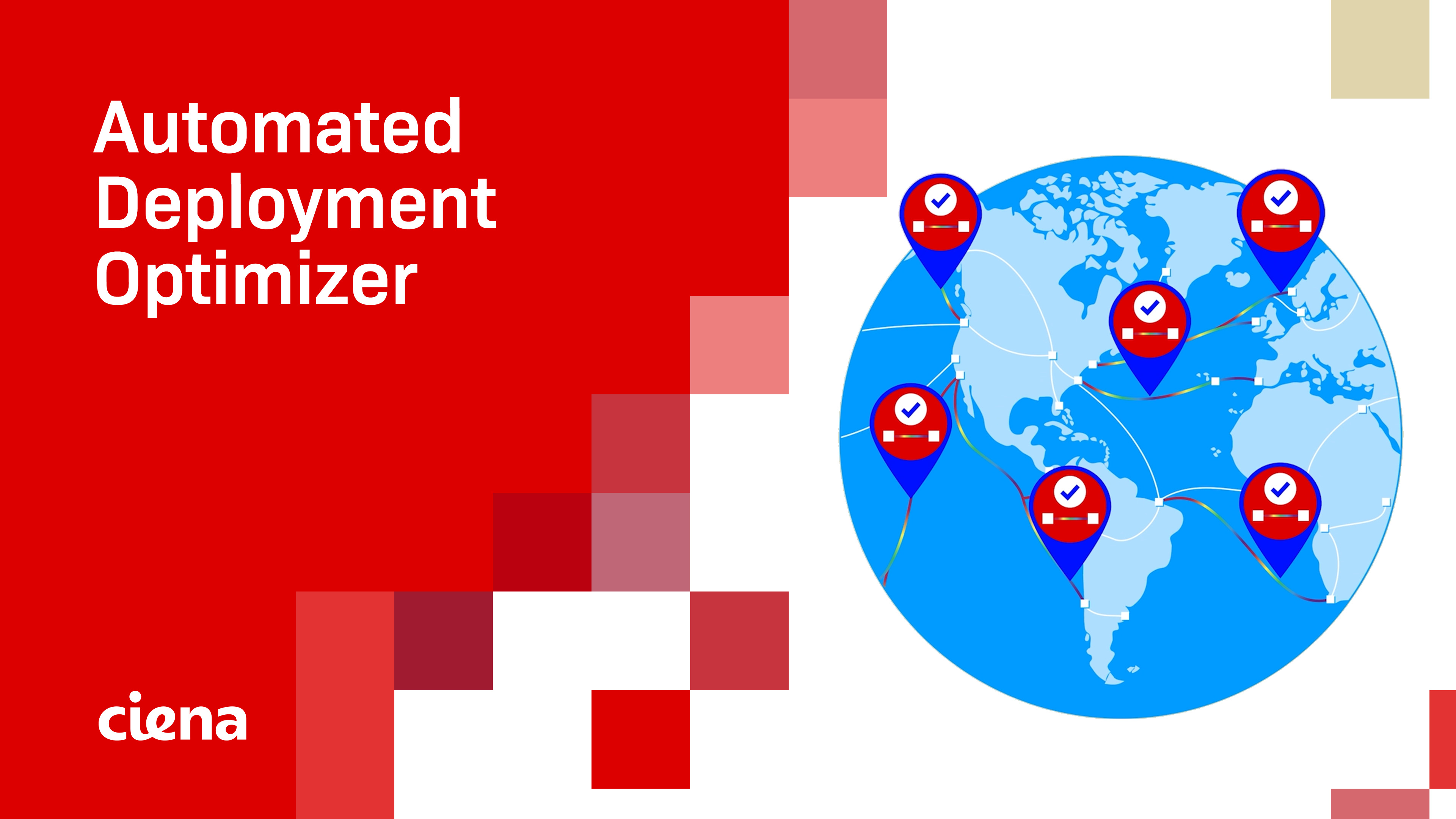One year changes a lot. And India is just getting started.
The Indian telecommunications industry is currently one of the most dynamic in the world. With India Mobile Congress (IMC) 2018 fast approaching, it is interesting to consider how much has changed in the India Telecom industry since the 2017 event. The Indian Telecom sector has seen a consolidation of private mobile operators from 10 just a few years ago to now only three, a new India telecom policy focusing on fiberisation across India, and India becoming the fastest-growing internet market in the world. In fact, the 2018 GSMA Mobile Economy report lists India as the world’s second largest smartphone market.
These changes, along with price erosion and service revenue declines, are putting increased pressure on telecommunications service providers and mobile network operators to introduce new revenue generating services, keep up with ever growing demands for bandwidth, and streamline costs. Forward looking operators are focusing on three key factors to meet these challenges:
Organizational Transformation: Many larger operators have siloed domains with separate IT, Network and Operations groups. While this worked in the past, it will be a struggle in the future. To optimize service delivery, operators need to consider the delivery of services holistically across domains. Bringing services to market faster and cost efficiently requires tight alignment and orchestration across IT, Operations, Planning, and Engineering groups.
Automation and Analytics: The proliferation of mobile data applications is driving more and more content to the edge. Operators need to respond by bringing content closer to the edge. This increases bandwidth and service demands, increasing the complexity of the overall network. Networks are reaching a tipping point where intelligent automation and multi-domain analytics are required to ensure prompt, accurate service delivery and enable on-demand services customers today expect.
Virtualization: We have evolved services and feature sets to a point that demands a rethink of how services are delivered. Purpose-built boxes are no longer necessary and only drive up cost and complexity. Virtualized services will allow operators to provide services on-demand, instantly – speeding up time to market and time to deliver new services to customers first.
All three of these evolutionary steps are available to implement today. They do, however, require multi-domain inventory and state federation, intelligent policy-based automation, and standards based open programmable infrastructure that can easily integrate into multi-vendor environments.
Just like the theme of IMC-2018 this year of “Connect, Create, Innovate”, at Ciena, we are continuously looking to create better connect solutions from edge to core for our customer so they can offer innovative services to fight and survive in one of the fiercest telecom markets in the world.
Ciena understands that this evolution is a journey, unique to each operator. Just like the theme of IMC-2018 this year of “Connect, Create, Innovate”, at Ciena, we are continuously looking to create better connect solutions from edge to core for our customer so they can offer innovative services to fight and survive in one of the fiercest telecom markets in the world.
Our portfolio allows operators to build an open, programmable network infrastructure that is not only standards based but integrates vendor-agnostic software solutions that provide operators with an intelligent yet simplified abstraction of their increasingly complex network environment. This enables faster service delivery and optimization of network and operational costs.
We are continually evolving our capability and portfolio to help our customers meet their challenges. With the recent acquisitions of Packet Design and DonRiver, Ciena now offers the most comprehensive set of L0-L3 multi-vendor, multi-layer optimization capabilities in the market today, as well as enabling federated inventory solutions across a service provider’s multiple domains and network layers.
At our IMC-2018 booth, we will be showcasing innovations based on our Adaptive Network strategy that will enable you to meet the three challenges of Organizational Transformation, Automation and Analytics, and Virtualization head on. We look forward to meeting you to hear your view and to engage with our subject matter experts.
Let’s connect and adapt.







